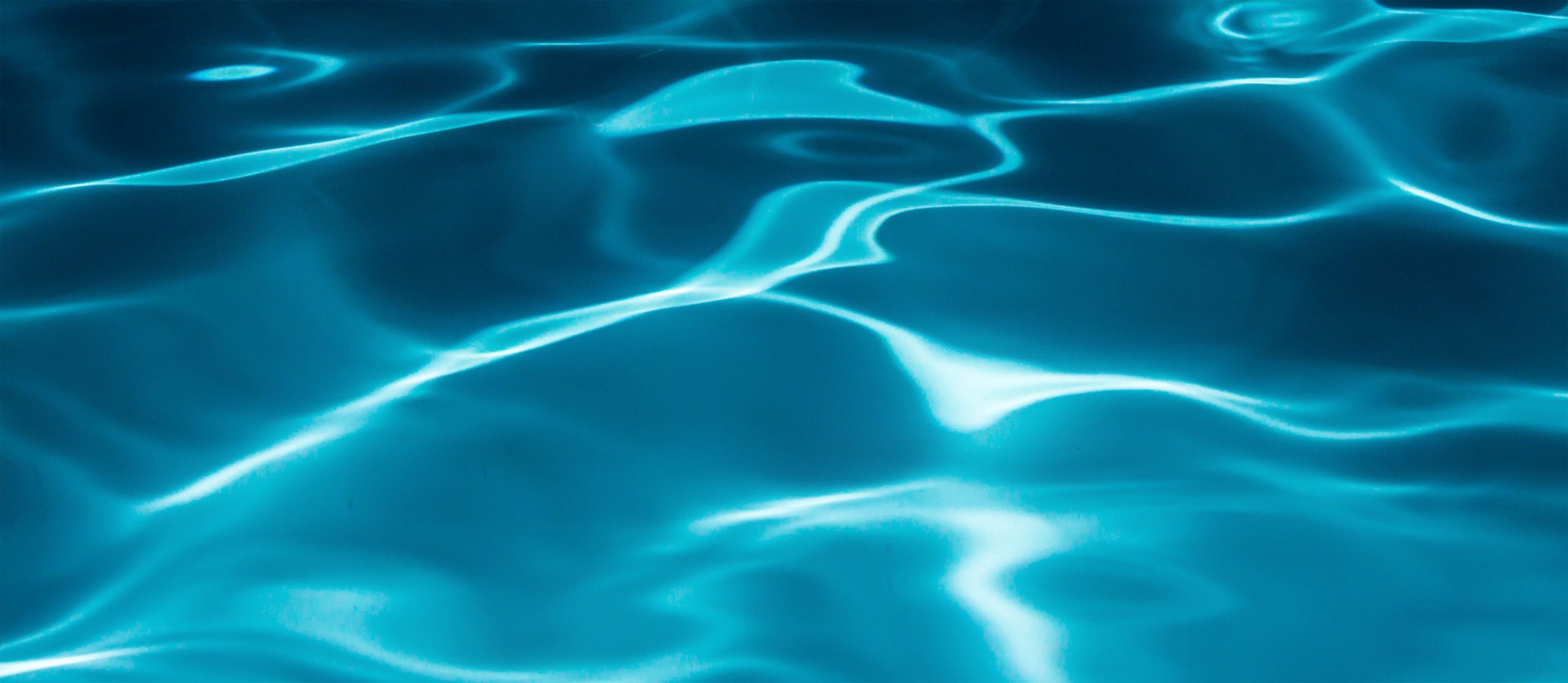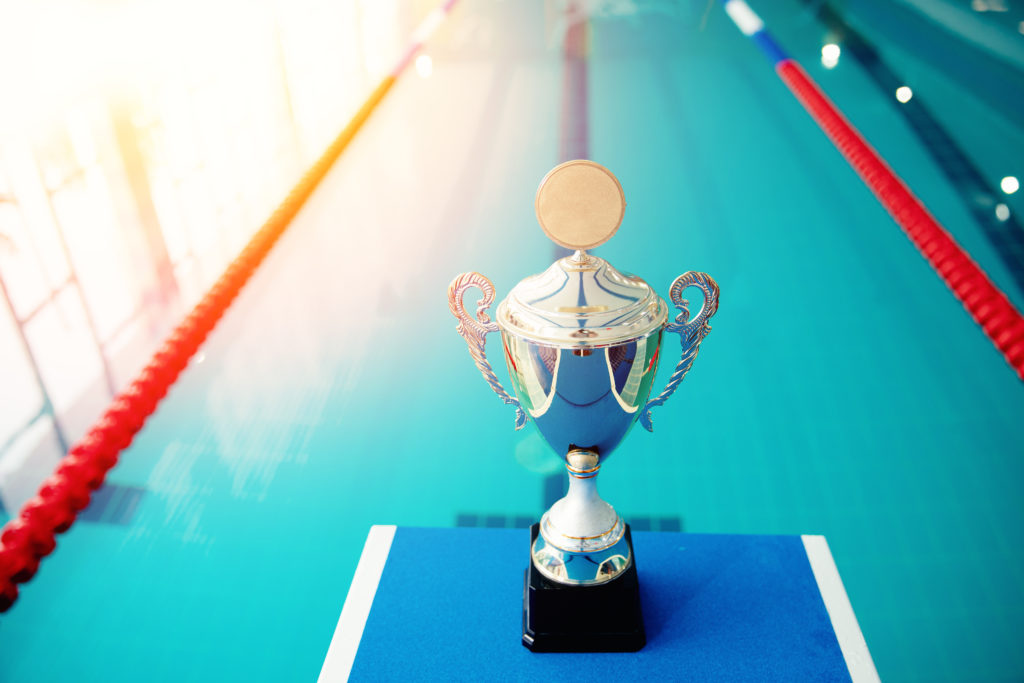What’s a pool doing in the Mojave Desert?
- November 19, 2014
- Pool Safety and Health,
Anyone who hadn't heard of artist Alfredo Barsuglia's summer project might have thought they were hallucinating when they saw a swimming pool in the middle of the Mojave Dessert. The intentional oasis was built to show the contrast between the luxurious world and the aspects of the desert, according to the exhibit's website. But just how far people were willing to go to take a dip in the temporary exhibit might surprise you.
To the Mojave they went
What sounds like a rendition of the classic childhood tale "over the river through the woods, to grandmother's house we go," the journey to Mojave required visitors to start at the MAK Center art museum in Los Angeles then drive several hours to reach the desert where they could locate the pool. Not to mention, a hike through the Mojave is no small feat. As stated on the National Park Service website, the arid land is comprised of more than 1.6 million acres – bigger than Grand Canyon National Park.
If that's not enough to deter a group of tourists, how about the Mojave rattlesnake, which according to the NPS, causes more respiratory distress than any other type of snake in North America. It almost goes without saying that it's extremely toxic and dangerous.
People who were willing to go the distance were told that they must be able to walk a long way from a nearby road to the actual body of water, according to the installation's website. Though, it might not have been as intimidating as wandering the Mojave may seem. The visitors were provided with GPS coordinates and a key to access the pool. The artist went on to explain that this period of time spent traveling would be an opportune moment to do some thinking.
It would be "time to reflect on social values, dreams and reality," the artist explained via Social Pool.
Although the swimming quarters was open to anyone who was willing to go on a wild goose chase, the artist specified that the pool was to be used by one person or party at a time, according to Social Pool. What's more, the visitors had a 24-hour time cap on their transformative swim.
Behind the artist's structure
Unlike many of today's elaborate swimming pools, Barsuglia took a minimalist approach to the decor of the 11' by 5' structure. Not following suit with the ever popular salt system generators, the pool was designed with a chlorine system and a solar panel-operated filter. A skimmer sat in a compartment attached to the structure and instructions on the white surface encouraged swimmers to clean up after themselves.
Shortly after his project made it into the public eye, Barsuglia had a discussion about his intentions with the curator of the Museum of Modern Art, Stephanie Weber. As stated on the MAK Center website, the art is reminiscent of similar projects that were born in the 70s, including Robert Smithson's Spiral Jetty.
However, unlike earlier pieces, Barsuglia's was unique because it depicted the socioeconomic changes that have occurred in this country over the last 40 years. It's essentially a juxtaposition between having nothing and having everything.
Perhaps each person who visited the contemporary piece of art had his or her own experience – whether it was relaxing, transformative, educational. As the MAK Center pointed out, it was an opportunity for people to "literally immerse" themselves in art.
The swimming pool closed at the end of September but its legacy lives on as experts in the art world are still talking about the pool in the mojave.


